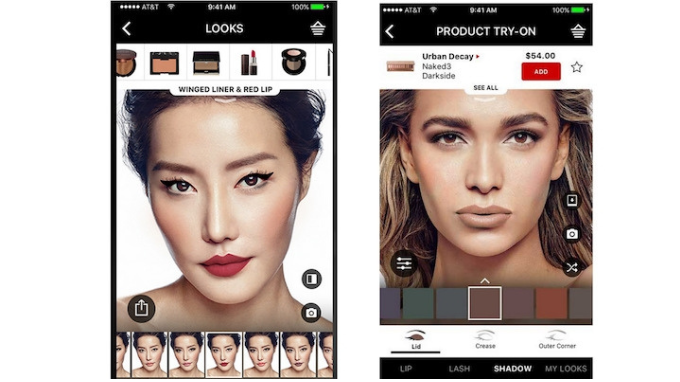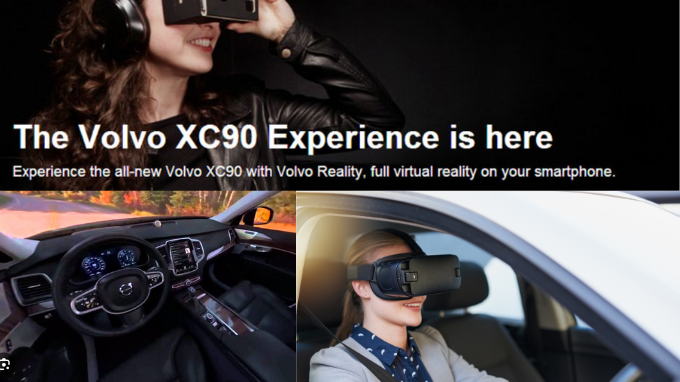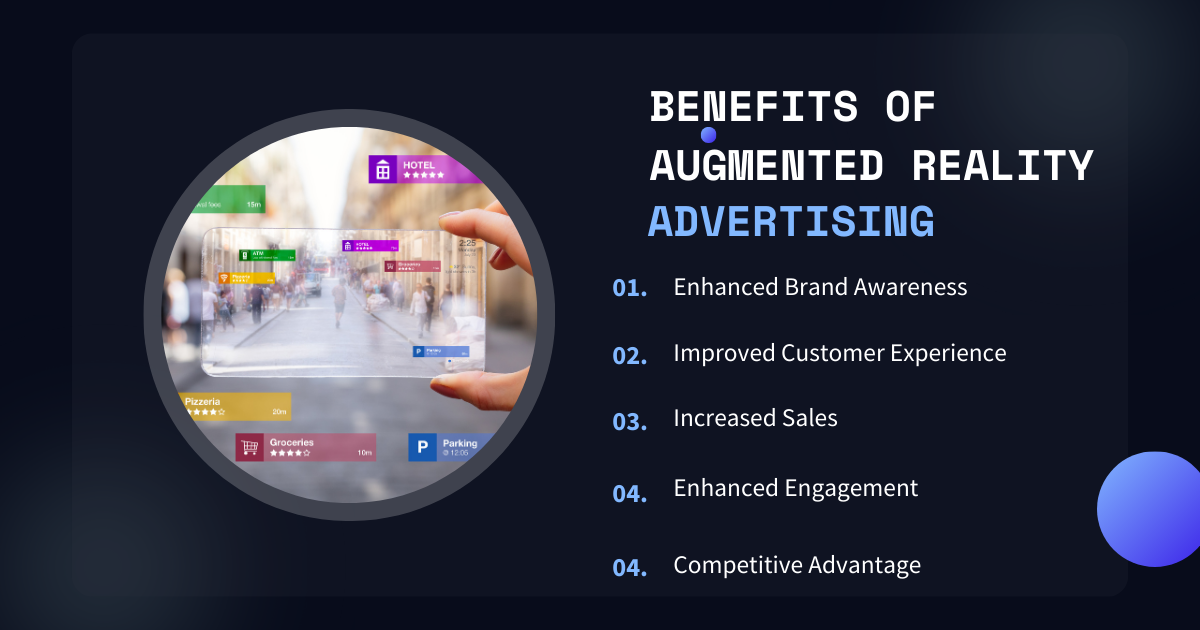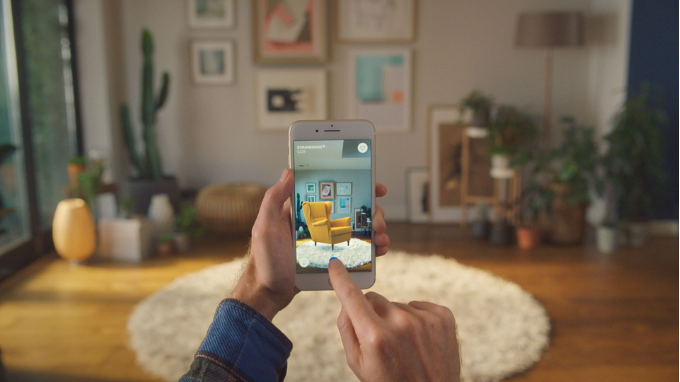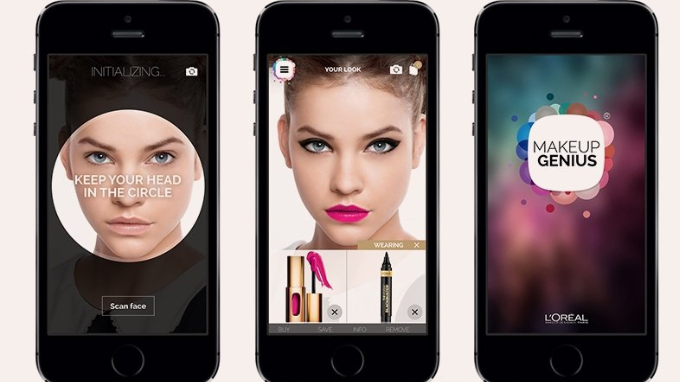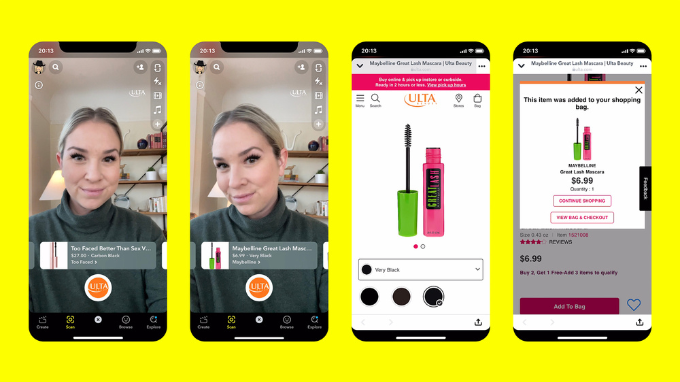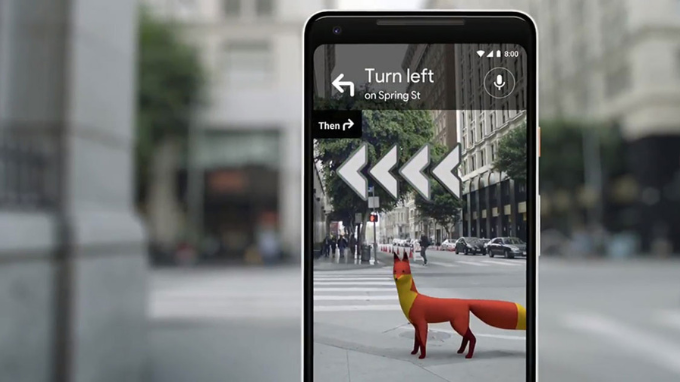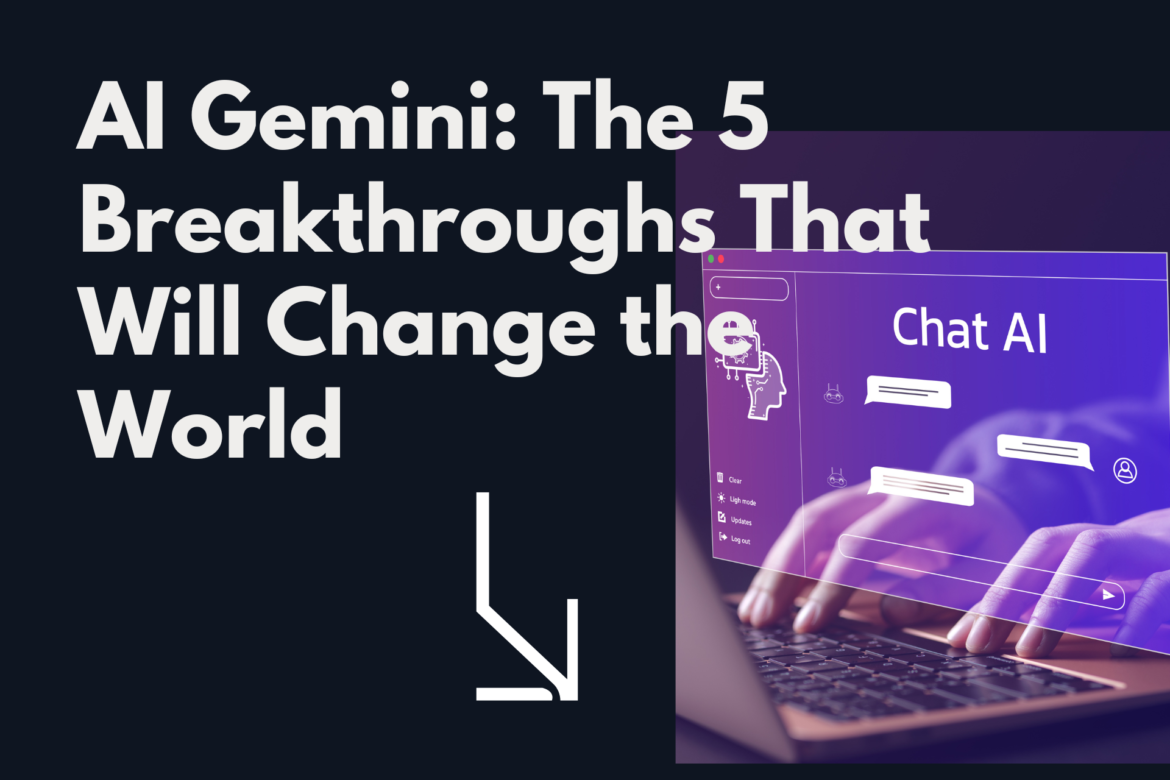Navigating the Digital Frontier: Embrace Future Tech and Stay Ahead of the Curve
In today’s rapidly evolving world, digital technology and future tech serve as the compass guiding businesses toward innovation, growth, and sustainable success. Staying abreast of the latest technological advancements is no longer a luxury but a necessity for organizations seeking to remain competitive and thrive in the ever-changing digital landscape.

